Faust: Well now, who are you then?
Mephistopheles: I am part of that power which eternally wills evil and eternally works good.
Faust, a Tragedy by Johann Wolfgang von Goethe
This is Part 3 of Fr. Dominick O’Grady and Mollie Gilmartin. If you need to catch up, here are Part 1 and Part 2.
Prior to 1894, Fr. Dominick O’Grady had a good reputation in his hometown of Tubbercurry, County Sligo, Ireland. He came from a family who seemed to highly regard Catholic vocations, as both of his brothers were priests and his sister was a nun. Fr. O’Grady was known for giving priestly advice, and was even twice noted in the newspaper articles about his affair with Mollie, to have given advice to others when he was not assigned a position as a priest. Fr. O’Grady was much older than the twenty year old Mollie with one paper recording him to be around thirty years old at the time of her murder.
How the affair between Fr. O’Grady and Mollie Gilmartin began
Fr. O’Grady became attracted to Mollie when she attended mass services at his church, but he never outwardly indicated his affection for her to others. He got to know her family and Mollie’s mother saw him as someone who was trustworthy. When Mollie’s mother was on her deathbed, she specifically asked Fr. O’Grady to protect Mollie. Fr. O’Grady continued to visit Mollie’s family after this, and eventually, he professed his love for Mollie. She initially refused him due to his being a priest, but he said he could be released from his vows and promised that in two years they would proceed. In the meantime, he encouraged her to go into the convent.
Fr. O’Grady’s double life
As he said in one of his journal entries, Fr. O’Grady seemed to believe that he and Mollie would be able to identify as brother and sister but live as “et cetera.” In Cincinnati, he was noted to be going by an alias George Reid.
Mollie seemed to adjust well to her newfound life once she settled in Cincinnati, Ohio, with the Tibbles family and seemed to no longer be interested in living this double life with Fr. O’Grady. In her letters to him, she expressed that she would not continue to follow him unless he was released from his vows.
O’Grady then began to seek roles as a priest in America, and up to her death, he demanded Mollie write letters to exonerate him from the scandal between the two. Here are a couple of the letters that she provided to Fr. O’Grady:
“My Lord: I can swear that Father O’Grady was not the cause of my leaving home. He had not anything to do with it. I left Ireland because I did not want to stay there.”
“My Lord: Having heard since I came to this country that it was reported in Ireland that Father O’Grady came with me, now I wish to have this corrected. I am sorry if Father O’Grady has got into any trouble on my account, and if you require any proof I am prepared to give them and swear to all I have said, and I shall not feel content till I hear he is reinstated to his old place again. I am, my Lord, your obedient servant, Mollie C. Gilmartin.”
Near the time of the murder, O’Grady had been on his way to Cleveland, Ohio, to pursue a position that was being offered to him as a priest but had decided to visit Mollie one more time and was demanding that she give him a more detailed letter to clear him of the scandal. However, what witnesses heard him say after the murder is telling of where his mind may truly have been at that moment. “Now will you marry me?” was what he was reported to have said over her lifeless body.
The Aftermath

Fr. O’Grady admitted his fault in Mollie’s death. He acknowledged responsibility and was apologetic and expressed being heartbroken. At the Central Police Station, O’Grady was still identifying himself as George Reid.
At one point, he attempted to kill himself by taking arsenic and was sent to the hospital to have his stomach pumped and survived. A cousin of O’Grady’s who was living in Long Island, New York, came to see about him and admitted that he believed O’Grady to be insane.
On April 30th, 1894, O’Grady was found to be insane and admitted to Longview Hospital in Cincinnati, Ohio, a mental asylum that was in operation from 1860 until 1981. Over his time at the asylum, he was noted to request to wear cloth gloves for an unknown reason and would have a sheet over his head most of the time, laying on his back with his knees drawn up and moaning uncontrollably. He lost a considerable amount of weight and was only 87 pounds when his court case occurred. The trial of Fr. O'Grady in regard to Gilmartin's murder was repeatedly pushed back due to his health concerns. As of 1898, newspaper reports stated that the trial still had not occurred, and I found nothing stating it had happened prior to his escape in 1899.
Fr. O’Grady at one point attempted to escape Longview, and then, two years later in 1899, he was successful in another attempt after which he was never seen again in Cincinnati. It is unclear what happened to him after his escape but some believe that he was able to find a position as a priest in a different location, perhaps in Ireland.
A visit to the Longview Cemetery
When I read the story about Fr. O’Grady, I began to wonder if there were any buildings that were still standing that belonged to the historic complex of the Longview Hospital. There is one building where Longview’s operations consolidated in the 1980s and then went on to serve as a mental health facility under a different name. None of the original structures are still standing as much of the land was sold off to more modern businesses. I was very interested, however, when I discovered that the cemetery where Longview residents were buried is still in existence and decided to make a trip.
The cemetery is in an obscure location behind an apartment complex, and you actually have to walk through the lawns of the apartment buildings to get to it. There is one obelisk that stands in the field to acknowledge the over 800 bodies who are buried there without any visible markers.
The plaques at the bottom of the obelisk read:
“This sacred ground is the resting place of former patients of Longview Hospital 1865-1967”
“Longview Cemetery Dedicated May 30, 1931: Though poverty was thy lot and knows where thou dost lie has set an angel on high to save. When thou dost need and to thy future leads. John Edwards Meyer.”
Here are a few pictures of the grounds of the cemetery.
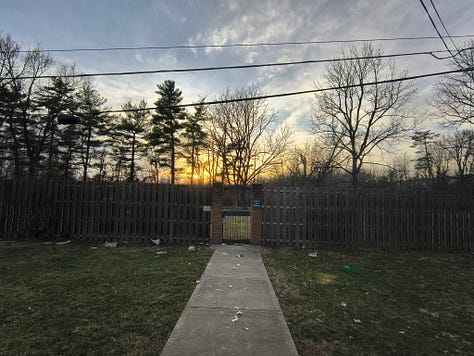
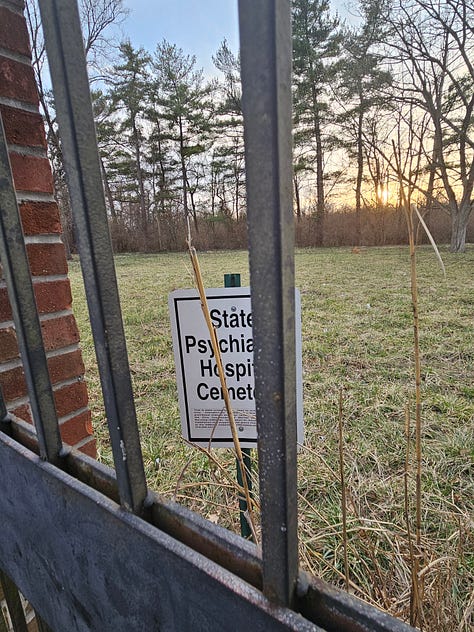
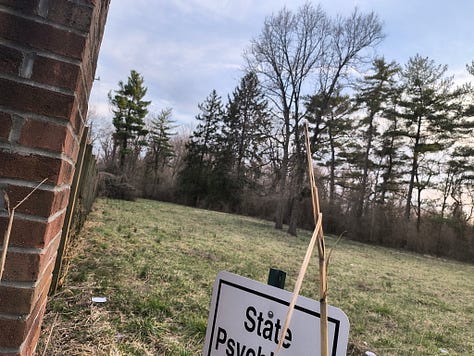
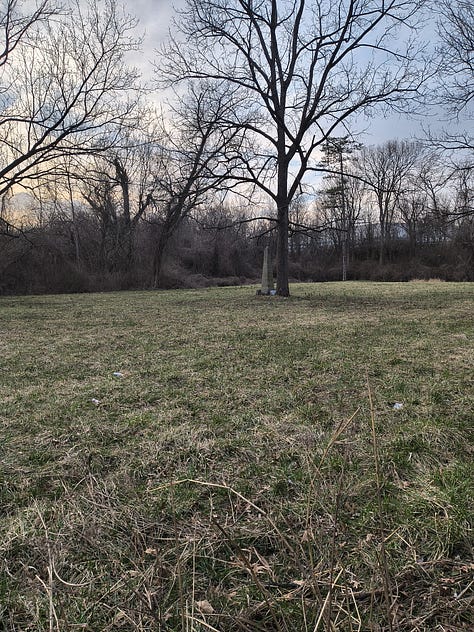
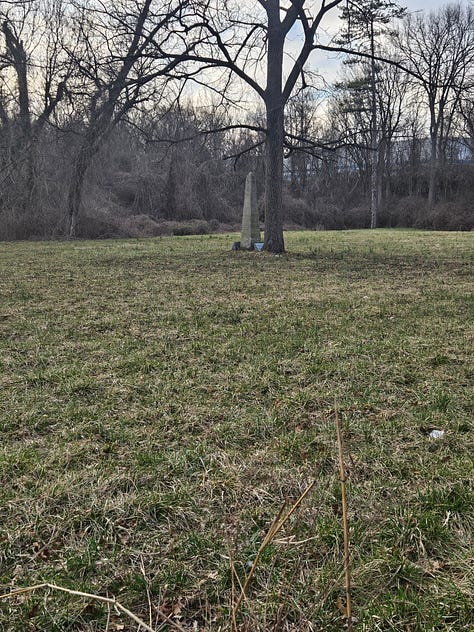
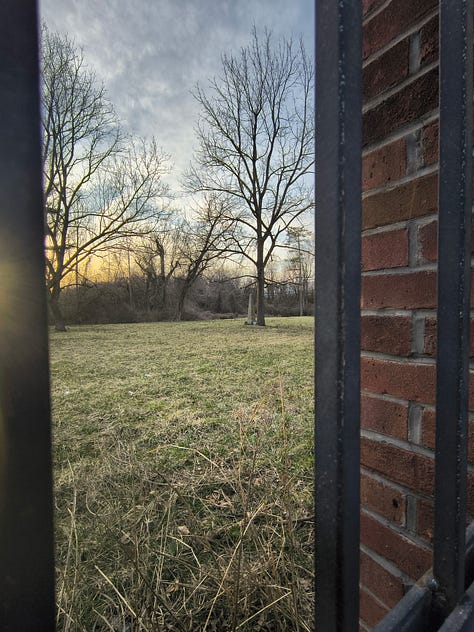
I was able to find a silent film that shows this dedication that occurred in honor of Memorial Day in 1931, and it is interesting to see how much has changed in the landscape over the years.
Though the experience was much different than visiting cemeteries with markers for each individual, I enjoyed my visit to this cemetery because it felt meaningful to visit the graves of so many who have seemingly been forgotten.
In Part 4 of Fr. Dominick O’Grady and Mollie Gilmartin, we will take a closer look at the life of Mollie Gilmartin and what was done for her in the aftermath of her murder.
Sources:
Find A Grave Longview Hospital Cemetery, Ohio
“Ghastly: A Priest’s Awful Crime,” Cincinnati Enquirer, April 26, 1894.


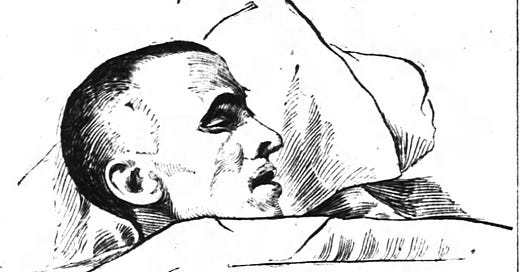


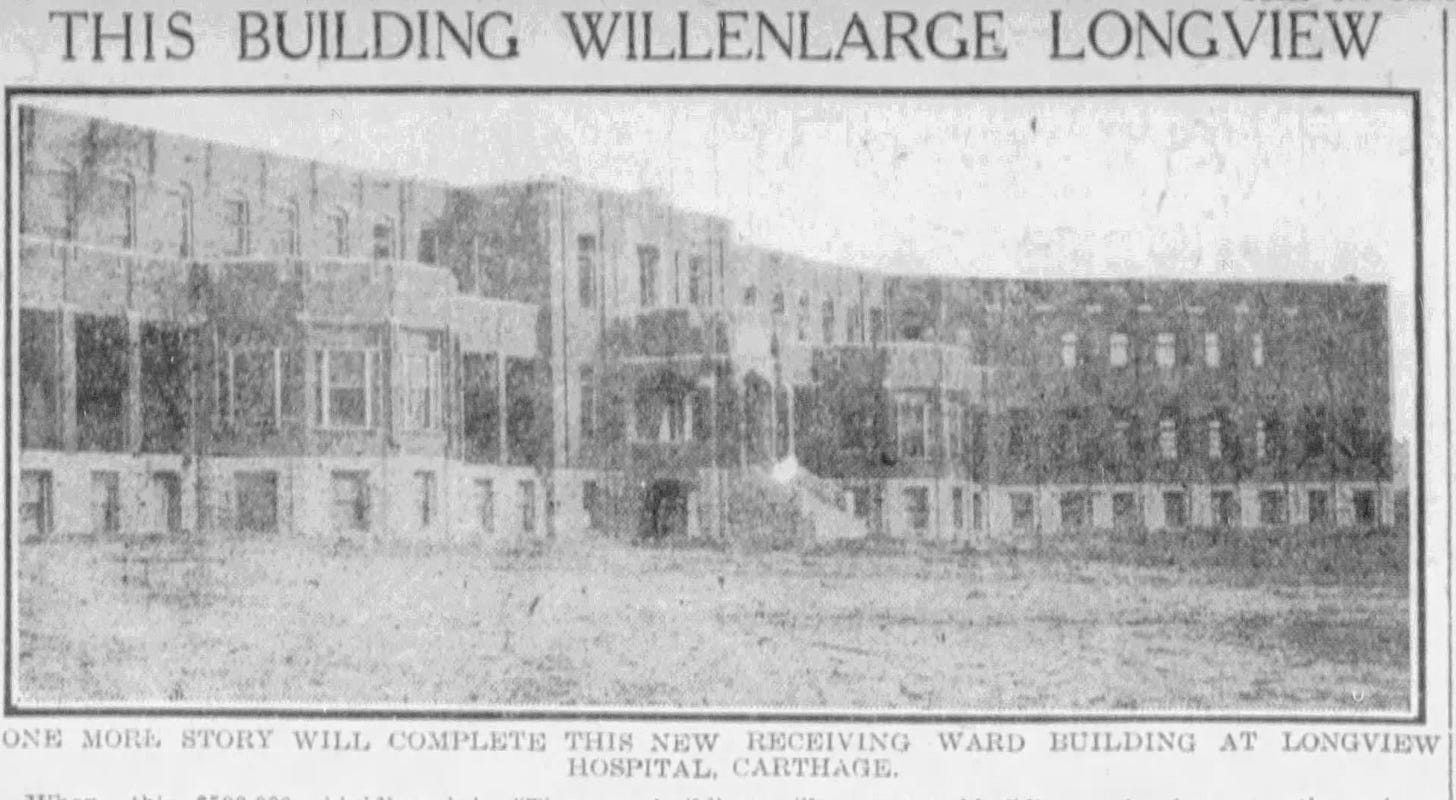

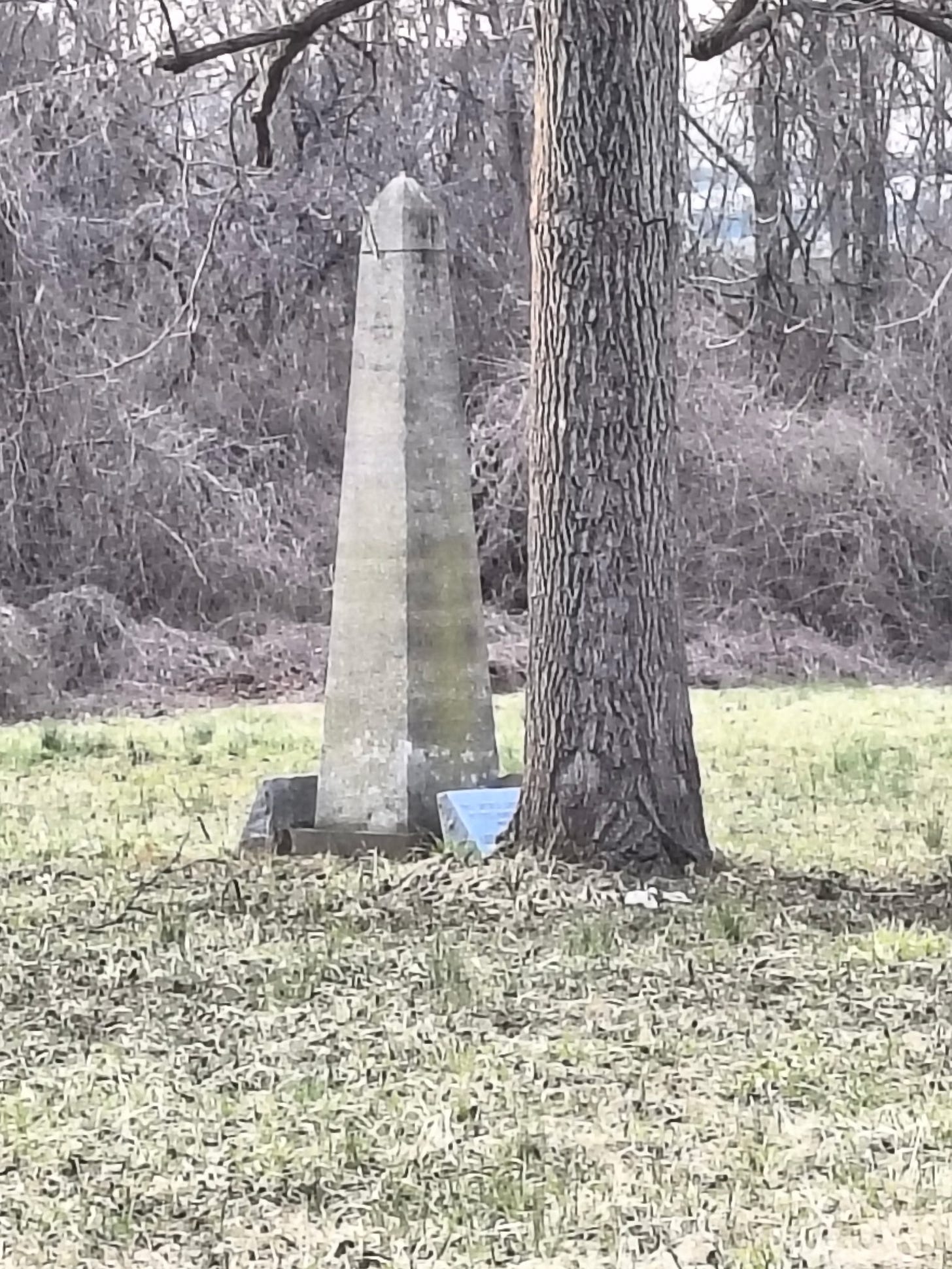
This series has been so fun for me to write due to being able to go to locations connected to the people in the story. There is still some interesting details about Mollie to be shared in the final post next week, stay tuned!
This post made me reflect on how I thought about Longview as a kid. I was born shortly after it closed down, but I remember the name of the hospital, Longview, being used colloquially to indicate that someone might be suffering from some sort of mental condition. "They're going to send him to Longview" or "He belongs in Longview." Do you remember that, Char?